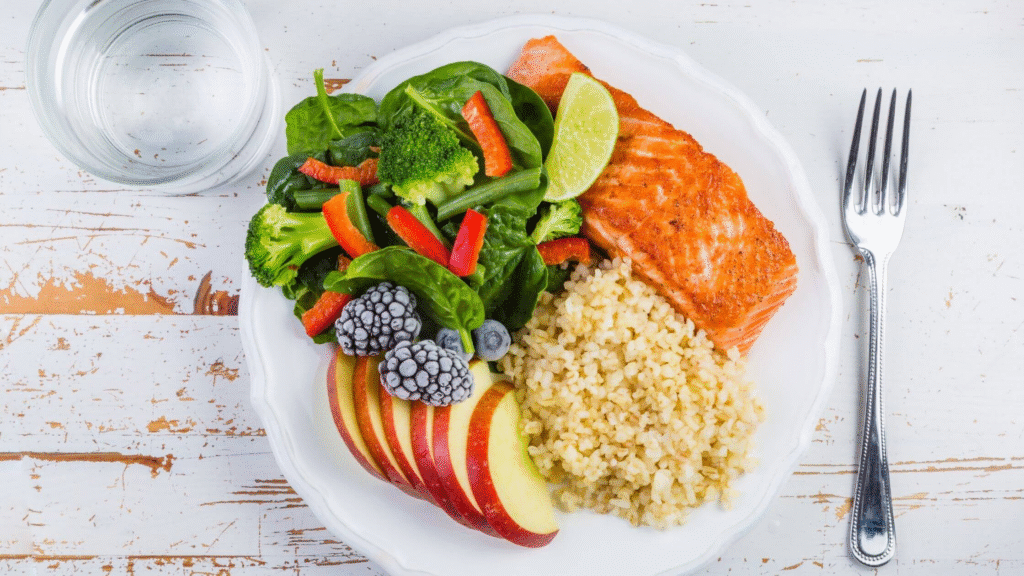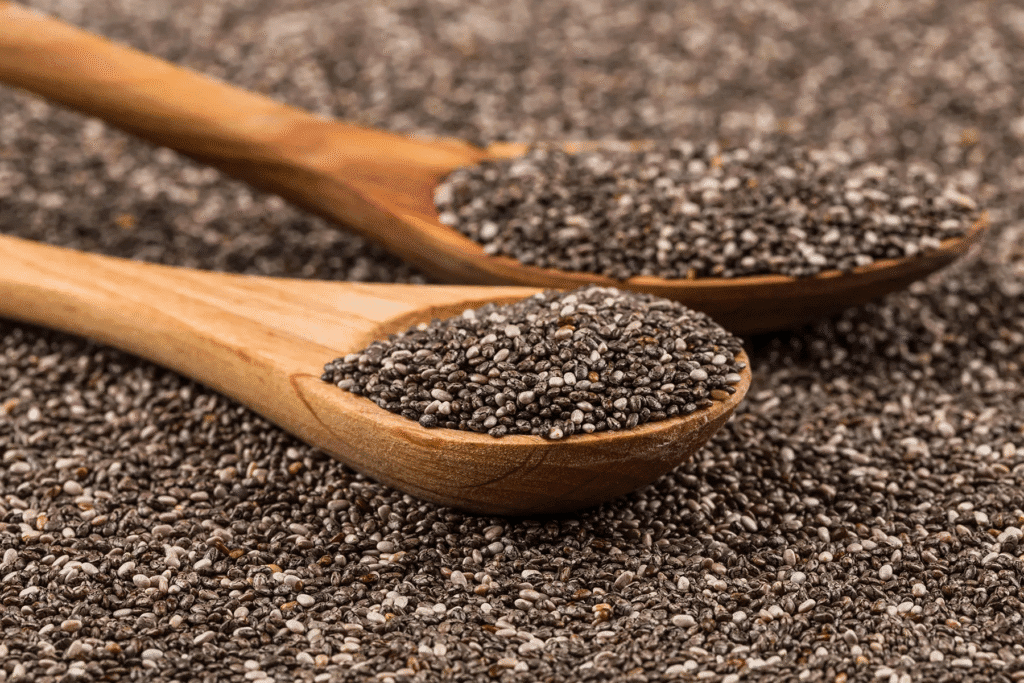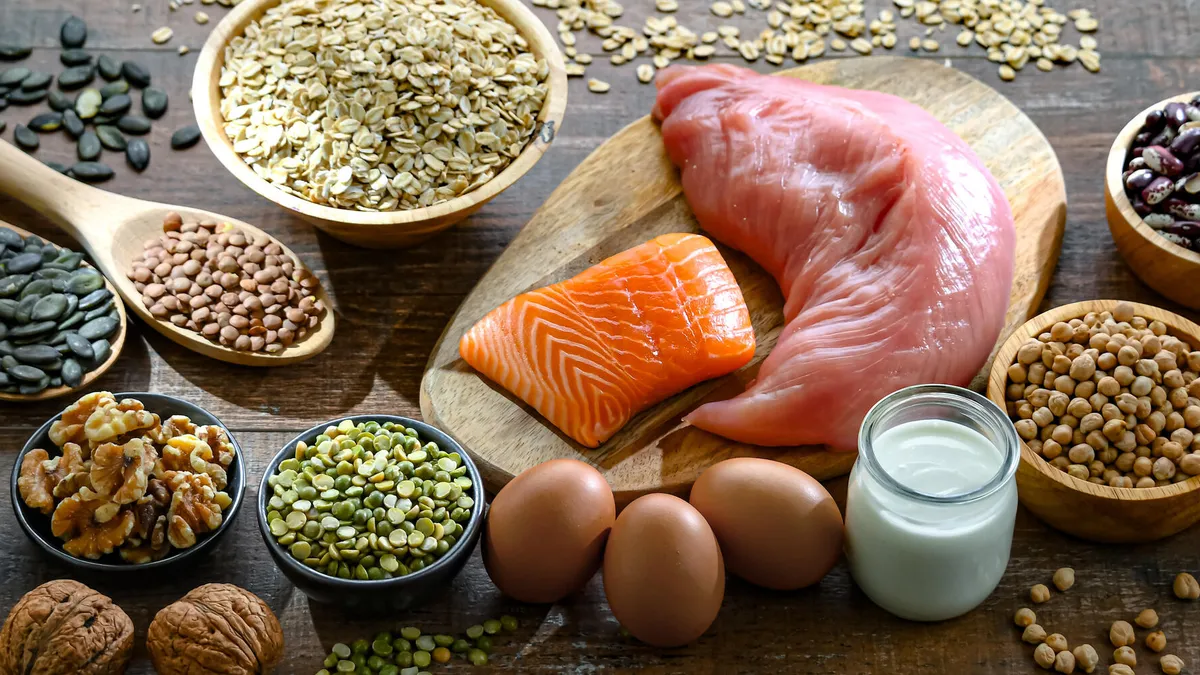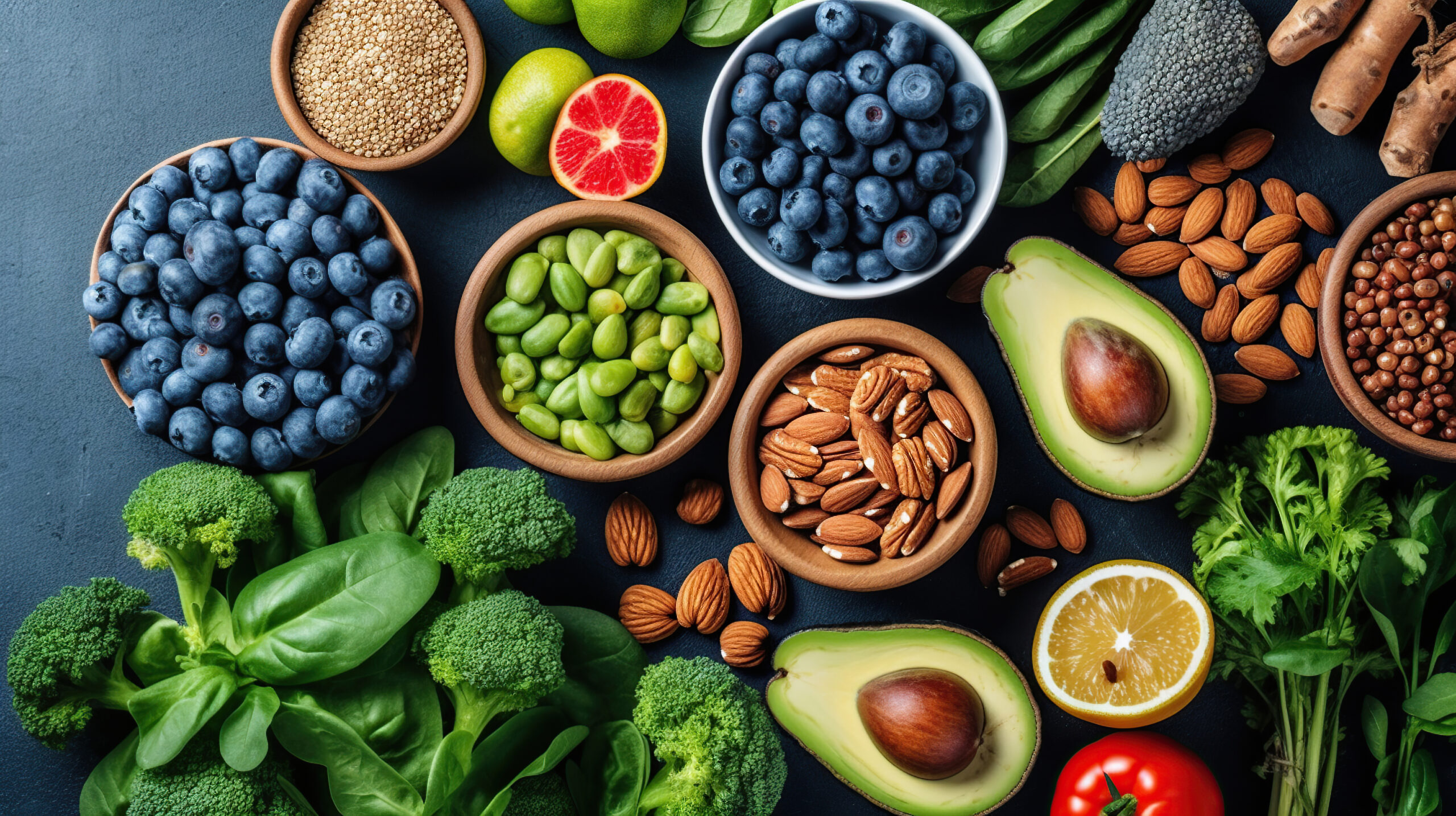Protein is one of the three macronutrients essential to our diet, in addition to carbohydrates and fats. Although general guidelines for protein intake recommend about 50-60 grams per day, there are several groups who need more than this. Those who exercise regularly, are recovering from injury, are very active, or trying to build muscle all need more protein than the basic recommended level. Fitness enthusiasts or gym goers always think about, how they can increase protein intake? or they search for high protein foods.
This article has 7 simple ways to increase your protein intake.
The Importance of Protein in Our Diets
Protein is an important part of building lean muscle and aiding recovery after workouts. High protein foods gives the overall benefits to your body.
Not only this,
Protein also plays a vital role in supporting our immune system, stabilizing our blood sugar, strengthening our hair, skin, and nails, balancing our hormones, keeping us feeling full throughout the day and boosting our metabolism. But despite its importance to our health and well-being, a combination of the typical Western diet and our busy lives means that we often miss these goals.
Easy Ways to Increase Protein Intake
1. Start your day with protein

Starting your day with protein can help you achieve your daily protein intake goals. Focus on increase protein intake breakfast options like eggs, protein shakes, or Greek yoghurt.
2. Make protein part of each meal and snack
Whether you eat three large meals with snacks or snack throughout the day, focus on a source of protein every time you eat. This doesn’t have to mean having chicken breast all day, but focus on sources like nuts, seeds, hummus, cheese, protein bars, or other protein sources to balance out any other snack or small meal you choose. Protein makes snacks more satisfying than a quick-digesting carb-based snack alone.
3. Incorporate dairy foods

While milk alternatives like oat and almond milk can save calories, they often don’t contain as much protein as cow’s milk. If you are lactose intolerant, try to find a soy alternative to still get a high protein intake. Add milk to smoothies, cheese as a snack with crackers, or cottage cheese with fruit.
4. Carry high-protein snacks on the go
Whether you like protein bars, jerky, hard-boiled eggs, canned tuna or salmon, all of these high-protein foods can be prepped ahead of time for on-the-go protein boosts! Eggs have a shorter shelf life, but protein bars, jerky and canned fish can be stored room temperature for months.
5. Include larger portions of protein with meals

If you’re used to an 85-115g portion of protein with your meals, bump it up to 170-225g and see how quickly your daily protein intake increases. This works best with lower fat protein sources to keep heart health in mind.
6. Choose veggies that are high in protein
Just like healthy fats can contain protein, so can veggies and other plant-based foods. Protein meals including broccoli, corn, asparagus, and artichokes contain between 3-5g of protein per cup, beans like black beans, chickpeas, soy beans and lentils can contain an average of 15-20g of protein per cup.
Also Read: Pet Friendly Cafes in Pune
7. Add seeds for extra protein

Chia seeds and hemp seeds are additional sources of plant-based protein that are also rich in fibre and healthy fats. Add hemp or chia seeds to smoothies, or as toppings on salads or soups for extra crunch and increased protein. Chia seeds contain almost 5g of protein per tablespoon and hemp seeds contain about 3g per tablespoon.
Frequently Asked Questions
Q. What foods are high in protein intake?
Some foods that are high in protein include:
- lean meats
- seafood
- legumes
- cottage cheese
- nuts
- whole grains
- Greek yogurt
Q. How can I raise my protein levels quickly?
Some tips to help you increase your protein intake include:
- adding a protein source to each meal
- swapping classic breakfast foods like cereals for eggs
- eating high protein snacks, such as edamame, nuts, and cottage cheese
- drinking a protein shake
Q. How can I get 100g of protein a day?
Some studies suggest that you should aim for 30–40g of protein per meal. Having a high protein breakfast and lunch, as well as snacks throughout the day, can help you get 100g of protein per day.
Take home message
There are several reasons why you might want to increase your protein intake, doing lots of activity, trying to build muscle, or recovering from exercise. Increasing your protein intake will be easy once you try some of the suggestions in this article.
Also Read: Korean Cafes in Pune You Should Look Out








